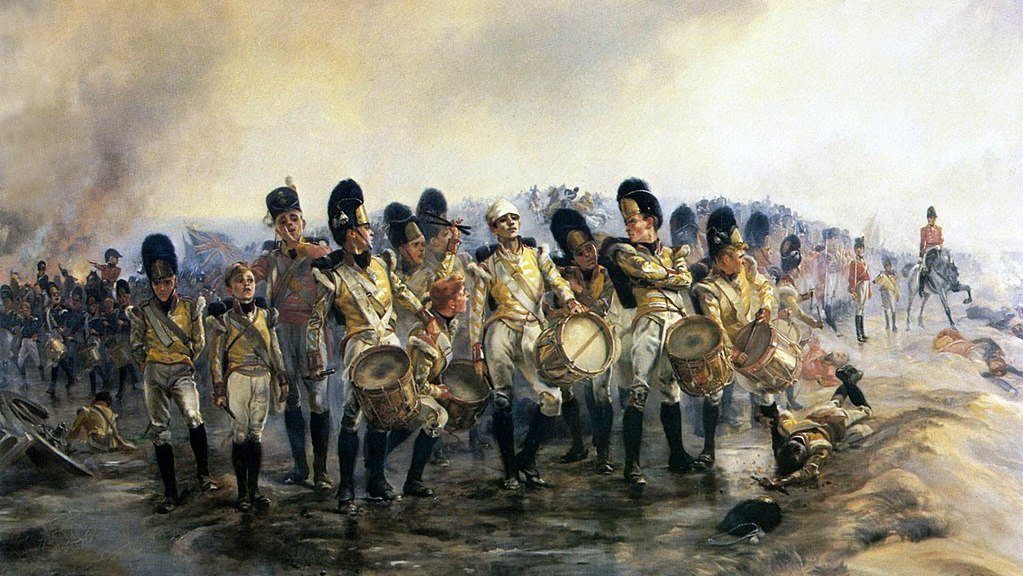Vaughan Williams’ Fantasia on Greensleeves: Celebrating a 400-Year-Old English Folk Song
In 16th century England, Greensleeves was already such a popular melody that William Shakespeare referenced it in his 1597 comedy, The Merry Wives of Windsor with Falstaff’s exclamation, Let the sky rain potatoes! Let it thunder to the tune of ‘Greensleeves’! The English folk song was first registered in September of 1580 under the title, “A Newe Northen Dittye of ye Ladye Greene Sleves.” According to myth, the melody was written by Henry VIII. …







